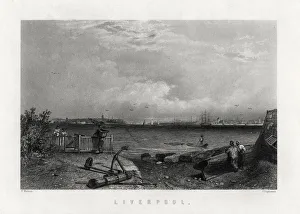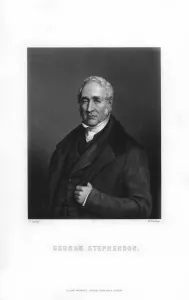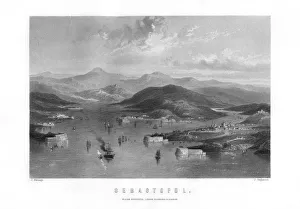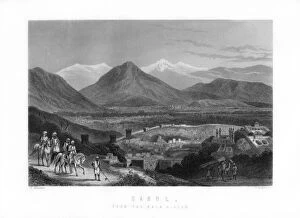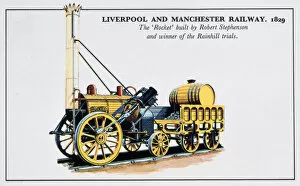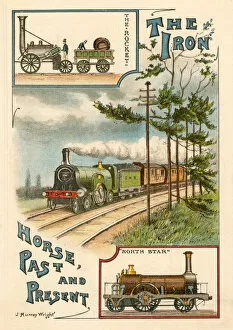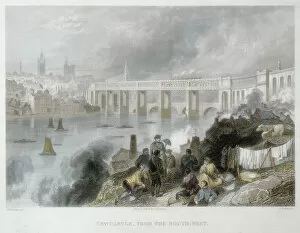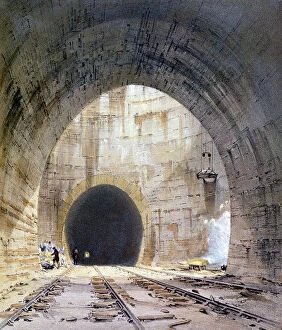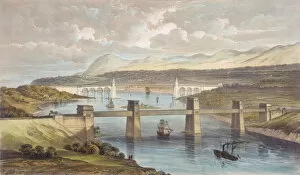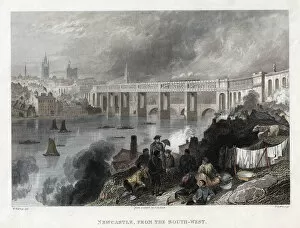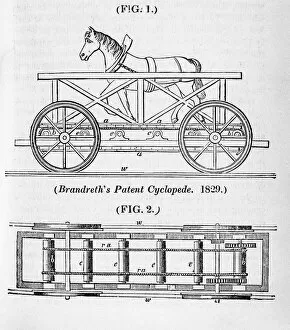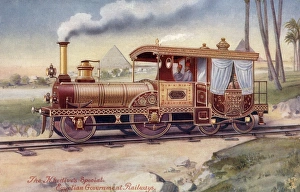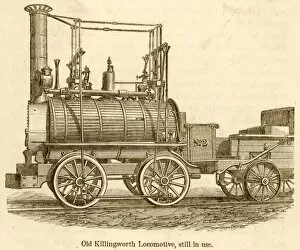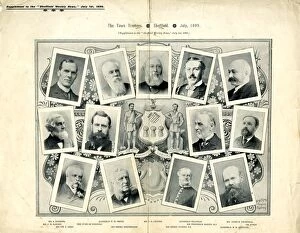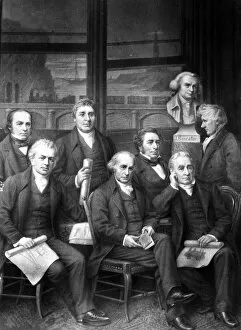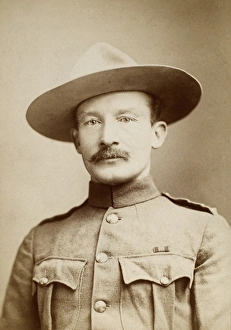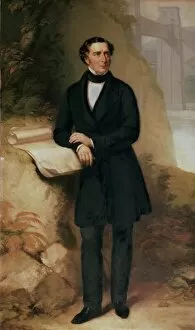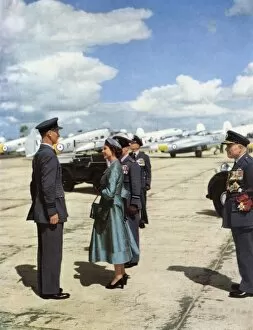Stephenson Collection (page 7)
Stephenson: A Legacy of Innovation and Achievement Stephenson, a name synonymous with innovation and achievement
All Professionally Made to Order for Quick Shipping
Stephenson: A Legacy of Innovation and Achievement Stephenson, a name synonymous with innovation and achievement, has left an indelible mark on various fields throughout history. From the iconic 205 ton J-class yacht Velsheda sailing close hauled in 1933 to George Stephenson's Rocket - the pre-1923 replica that revolutionized locomotive design, this family's contributions have been nothing short of extraordinary. George Stephenson (1781-1848), often hailed as the "Father of Railways, " was a visionary engineer who transformed transportation forever. His schematic view of The Rocket locomotive from 1829 showcases his groundbreaking ideas and propelled railways into the modern era. With its sleek design and advanced technology for its time, The Rocket set new standards in speed and efficiency. In 1831, Stephenson faced one of his greatest challenges when he tackled the treacherous Rail/Chat Moss project. Overcoming immense difficulties posed by marshy terrain, he successfully completed this ambitious railway line, solidifying his reputation as an engineering genius. The influence extended beyond railroads; even Baden-Powell himself recognized their expertise. As Chief Scout, he sought inspiration from their innovative spirit to shape scouting principles that would empower generations to come. Not limited to engineering feats alone, the Stephensons also made significant contributions to cultural events like the Shakespeare Exhibition at Earls Court in London. Their involvement showcased their diverse interests and commitment to promoting arts alongside science. Edward Pease Loco from 1856 stands as another testament to this family's ingenuity in locomotive design. This masterpiece exemplifies how they continued pushing boundaries long after George Stephenson's passing. Robert Stephenson Lucas further carried forward his father's legacy through remarkable achievements such as Huddersfield Station - a marvel combining architectural grandeur with functional excellence. From sea voyages aboard Velsheda to land journeys powered by The Rocket, the name Stephenson has become synonymous with progress and innovation.

